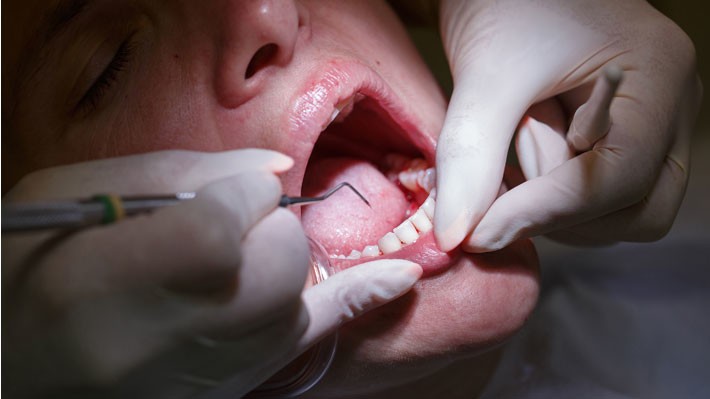
Identifying the Early Signs of Gum Disease
For most patients who receive a diagnosis of gum disease, the news almost always comes as a complete surprise. Patients often have a false sense of security when it comes to dental care, and most assume that they are doing an adequate job with their tooth care regimen. That surprise is compounded by the fact that gum disease symptoms often go undetected until the disease is in a more advanced stage of progression.
If you find yourself alarmed by the thought of this sort of stealth disease, relax. Gum disease does not have to come as a shock! The fact is that there are often clues that can give you early warning of gum problems. You just have to learn how to recognize the early signs of gum disease, and respond properly when you think there is a problem.
Why it Matters: Gingivitis and Periodontal Disease
Gingivitis is the form of gum disease that most commonly afflicts patients. It is considered relatively mild, and can be difficult to detect in its earliest stages. The problem is that gingivitis is a progressive condition that can escalate into a far worse condition known as periodontal disease. The latter consists of a serious infection in the gums that can result in tooth loss and other health complications. To avoid those complications, it is important to identify gum disease before it progresses to periodontitis.
Be Vigilant to the Signs
The good news is that there are a host of warning signs that could indicate the presence of early-stage gum disease. Even if you think that your dental care regimen is sufficient to protect you against oral health complications that simply may not be the case if these signs are present. For example, bleeding in the mouth that occurs during brushing, flossing, and eating can be an indication that your gums need attention. There are other signs as well:
- Tenderness, swelling, and unnatural reddening in the gums
- Any change in how partial dentures fit
- Mouth sores and pus located in the area between teeth and gums
- Chronic bad breath
- Receding gums that give the appearance that your teeth are longer
- Looseness in the teeth
When You Find these Signs…
The most important thing to do when these gum disease signs are present is to seek dental care as soon as you can. Gum disease can be treated with relative ease in the early stages of progression, using non-surgical techniques. These treatment options can range from root planing and scaling to a regimen of antibiotics to rid your mouth of any infections.
Obviously, prevention of gum disease is always preferable to treating oral conditions later. However, when prevention fails it is essential that you contact the best dentist in midtown Manhattan to get the oral health care you need to prevent further progression of your condition and protect your teeth and gums. Ebenezer Dental can provide the timely examination and intervention you need to ensure that your beautiful smile is not impacted by the worst effects of gum disease. Contact us today to discover how we can help you win the battle against gingivitis and periodontitis.

